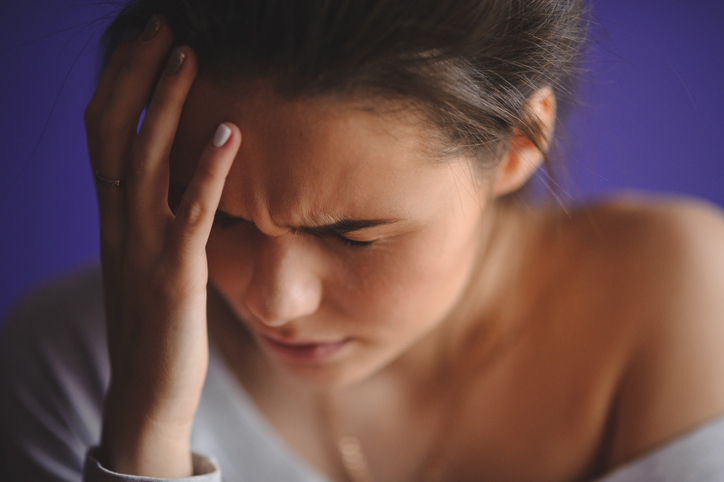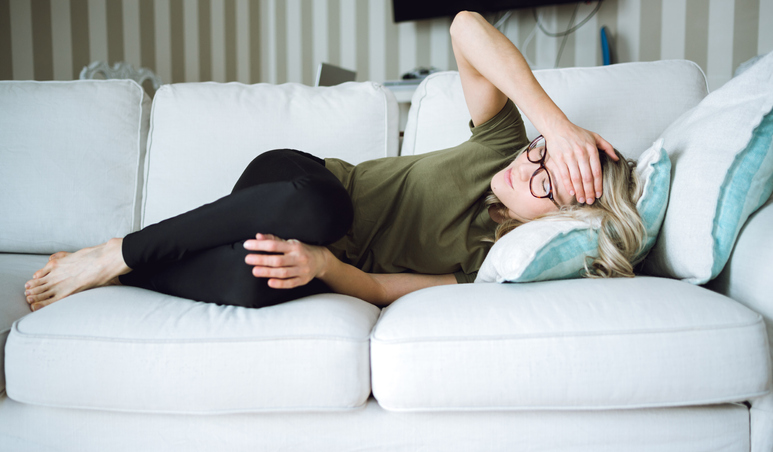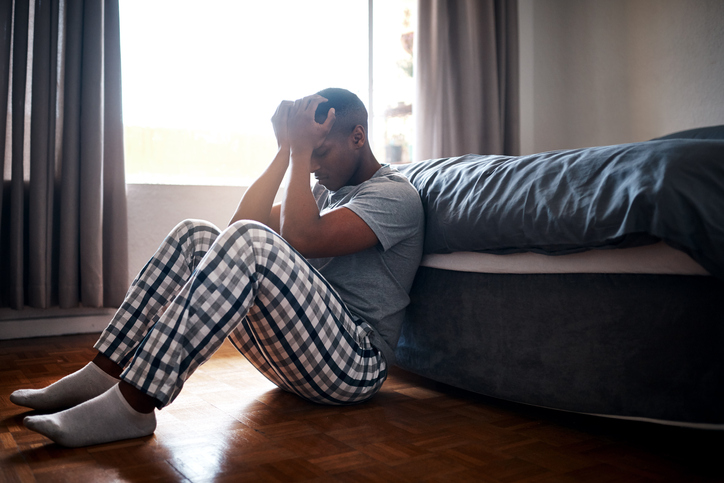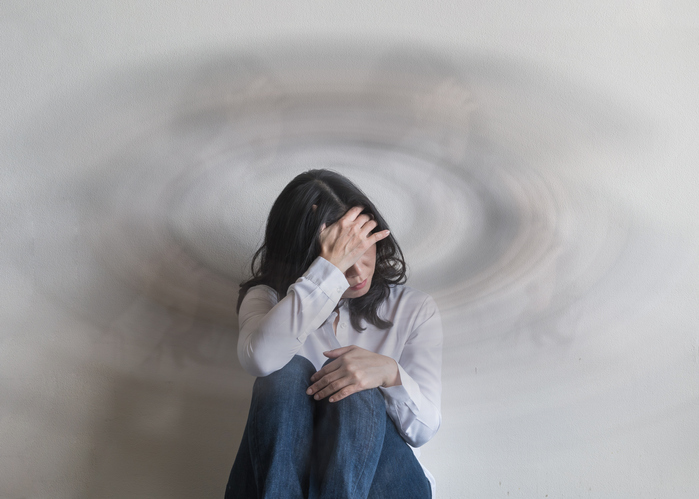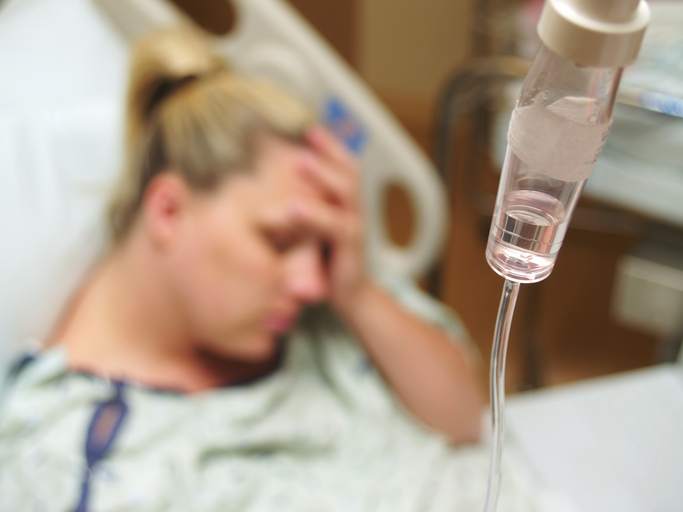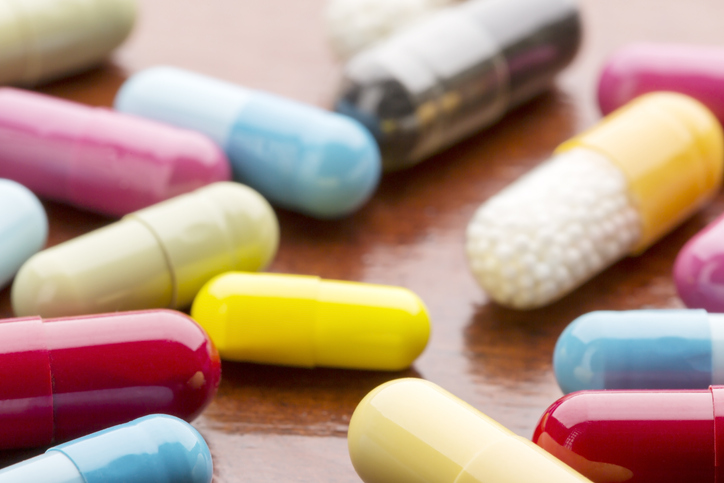Pain
At-Home Treatments for Migraines

In addition to at-home practices to help with migraine prevention, at-home practices to help lessen the symptoms of an active migraine are also helpful. These techniques can be used in conjunction with medications or other medical treatments and may even help reduce the amount of medication that is needed.
At-Home tips to reduce symptoms of a migraine attack
Lie down in a quiet, dark place.
Since migraines frequently cause sensitivity to light and sound, finding a quiet, dark place to rest can help reduce symptoms.

Use temperature therapy.
Cold or heat packs can be applied to the forehead, temples, or the back of the neck. Topical analgesic heat rubs may also help.

Try self-massage.
Self-massage around the neck, shoulders, temples, and back of the head can decrease tension, which often reduces pain.

Hydrate.
If dehydration is a factor in a migraine attack, drinking a glass or two of water is beneficial. Drink slowly to avoid nausea, or try sucking on ice cubes. Beverages with electrolytes can also help, but stick to low-sugar varieties. Coconut water and mineral water provide natural sources of electrolytes.

Drink a caffeinated beverage.
Many headaches, including migraines, respond well to caffeine, which is a known analgesic/pain reliever. Drinking a cup of coffee, tea, or caffeinated soda may help during a migraine attack. However, caffeine can lead to dehydration and cause withdrawal headaches, so use it with caution.

Try essential oils.
Some essential oils have calming properties that can be beneficial. Try putting lavender oil in a warm bath, breathing in the scent of peppermint oil, or using diluted basil oil as part of self-massage. Note: Essential oils should not be put directly on the skin unless they are mixed with a carrier oil, such as sweet almond oil or coconut oil.

Sleep.
If possible, sometimes the best way to deal with a migraine attack is to sleep. A headache may go away or lessen in severity after getting some rest.


